Bats
Bats are cool – and at risk. White-nose syndrome is a deadly fungal disease that has killed millions of bats in eastern North America – and now it’s here in Washington. We’re working to understand and protect them.
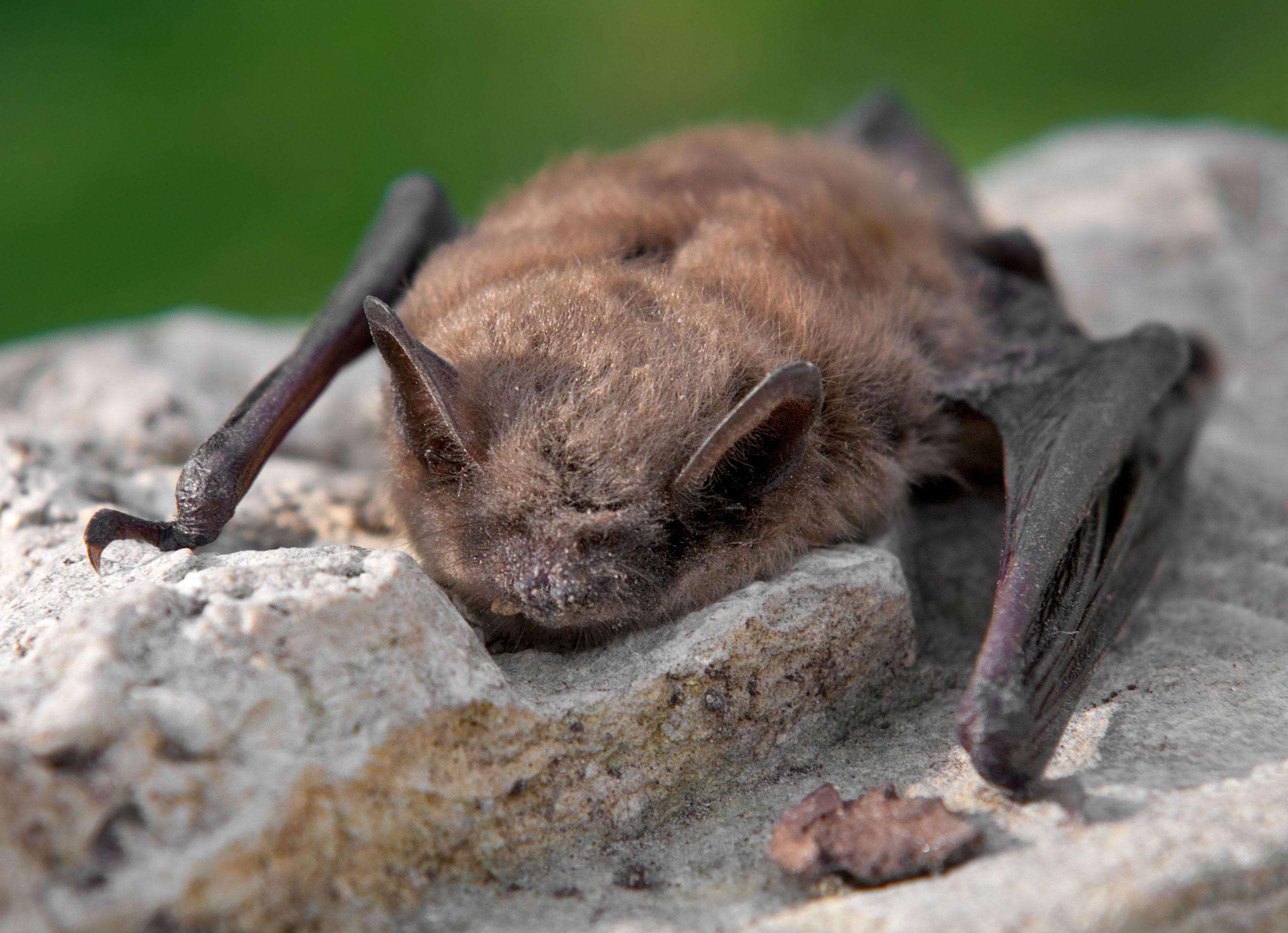
White-nose syndrome is a fungus that grows on the noses, wings and ears of bats during winter hibernation, Named after its white, fuzzy appearance, it invades deep skin tissues, irritating the bats as they hibernate. This burns through the fat reserves they need to survive.
In eastern North America, the disease has killed over six million bats, wiping out some colonies.
It was first found in King County in 2016, and was recently confirmed in Pierce County.
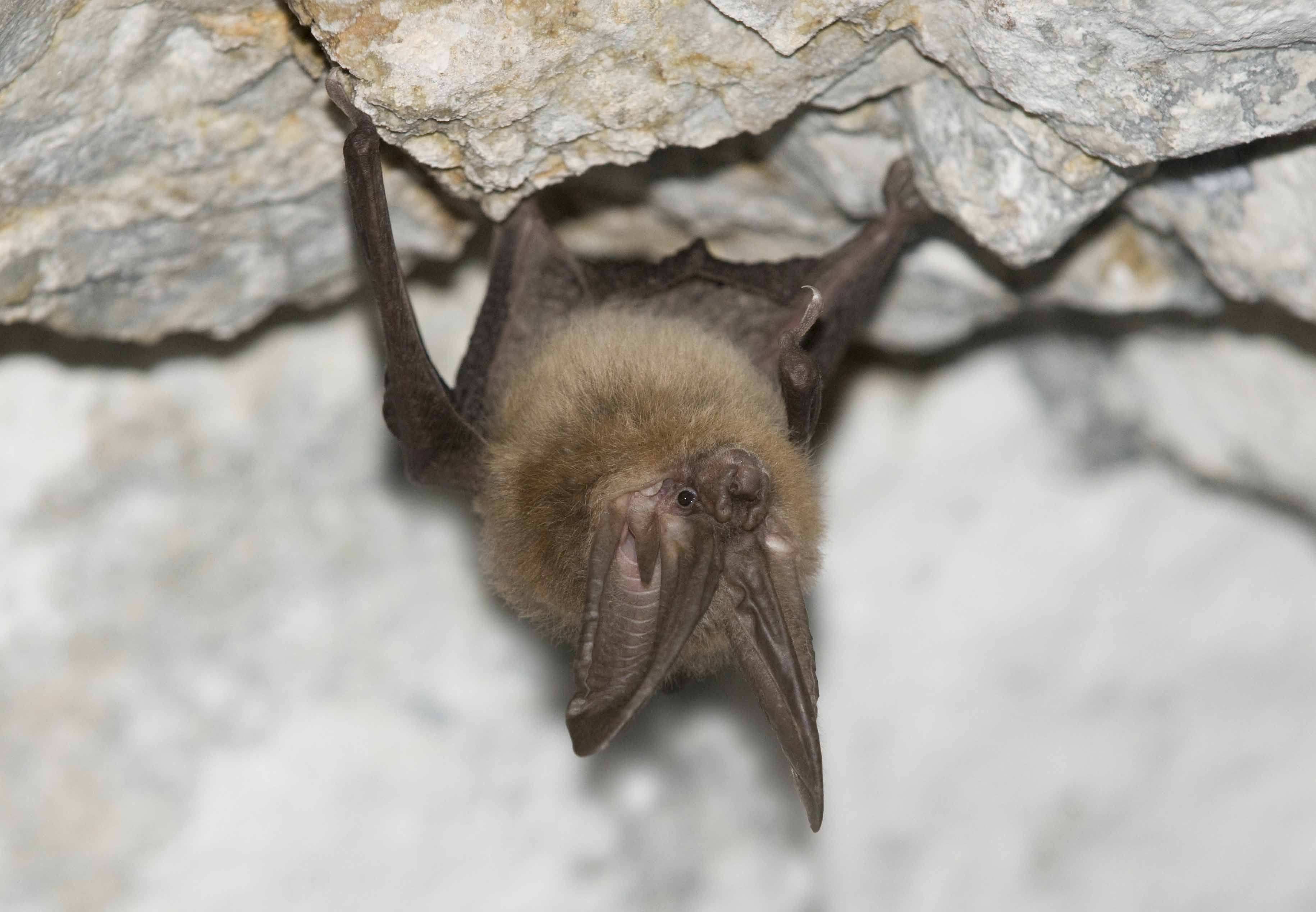
White-nose syndrome isn’t a threat to humans or pets – but it’s devastating for bats, and scientists are still searching for a cure.
Bats might be tiny, but they’re essential to ecosystems around the world. They eat insects that would otherwise damage valuable crops or threaten human health – like mosquitoes. And some are pollinators, helping grow our food.
Bats need our help.
We’re partnering with the Washington Department of Fish and Wildlife to help study bats. Our bat colony is one of the largest in Puget Sound, and we monitor the bats that live wild around Northwest Trek to help scientists understand the disease. We also fund lab testing, and recently helped WDFW study live bats on site. Read our stories to find out more.

As sunset turns the sky pink, six scientists from Northwest Trek and the Washington Department of Fish & Wildlife wait silently. They’ve set up mist nets outside Trek’s veterinary clinic to gently trap and swab bats.
Why? Testing them for white-nose syndrome will help us understand the disease, and protect wild bats.
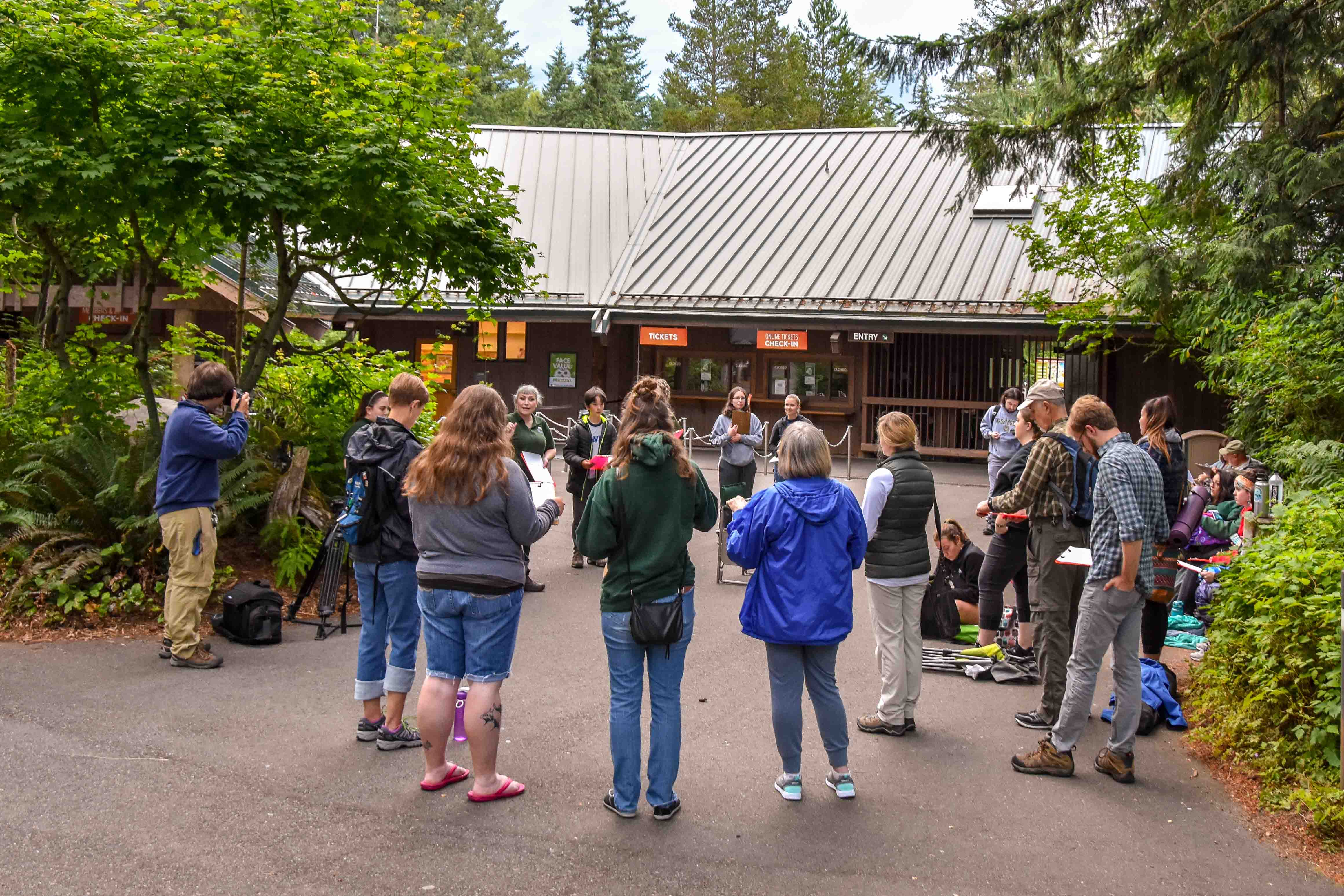
We have hundreds of wild bats here at Northwest Trek. They love to roost in our roofs, where it’s warm and safe – it’s one of the biggest colonies in the region. And so, armed with cool equipment like bat-detecting echometers and night-vision scopes, we head out once a year to count them.
Why? Because every little bit of data helps scientists learn how to protect these important mammals.
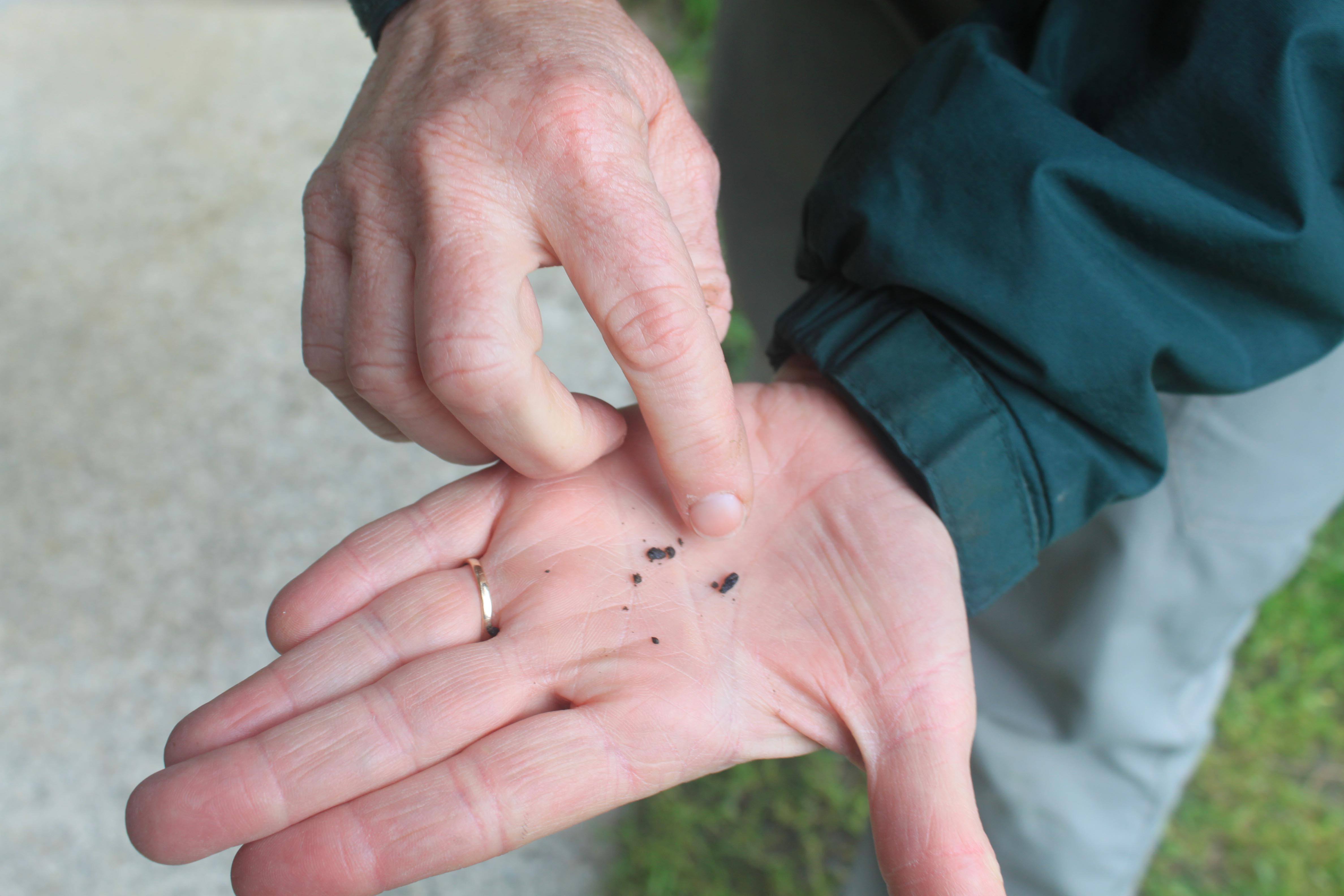
White-nose syndrome is tricky to spot. Washington bats are difficult to find during winter – when the disease spreads – as no-one quite knows where they hibernate. By summer, the fungus spores have died off from the heat.
The secret? Finding bat guano (poop).
Good news: Our bats do not have white-nose syndrome!
We can all help prevent white-nose syndrome from spreading around bat colonies.
- If you ever see sick or dead bats, please report them to the Washington Department of Fish and Wildlife at 360-902-2515 or wdfw.wa.gov/bats.
- Never handle a live bat with your bare hands. White-nose syndrome does not pose a threat to humans, pets or other animals.
- Avoid entering areas where bats may be living to limit the potential of transmitting the fungus that causes the disease and disturbing vulnerable bats.
- Do not allow pets to access areas where bats may be roosting or overwintering as they may carry the fungus to new sites.
- Help improve bat habitats by reducing lighting around your home, minimize tree clearing, and protect streams and wetlands.
- Try to incorporate one or more snags into your landscape, keeping old and damaged trees when possible. Snags provide important habitat for bats and other backyard wildlife.
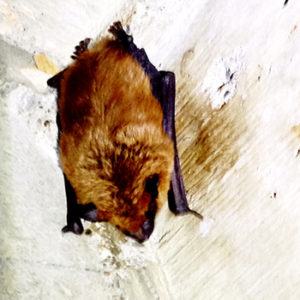 Big brown bat
Big brown bat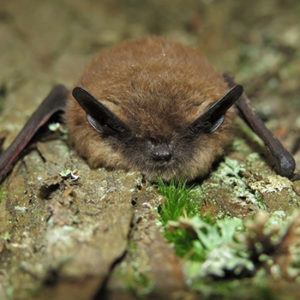 Little brown bat
Little brown bat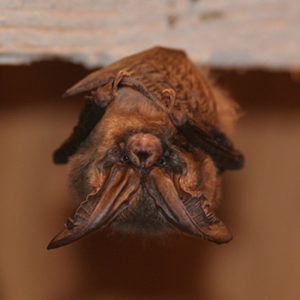 Townsend’s big eared bat
Townsend’s big eared bat